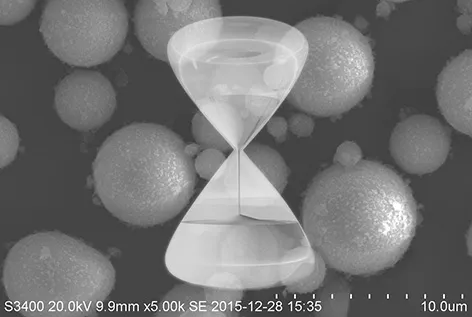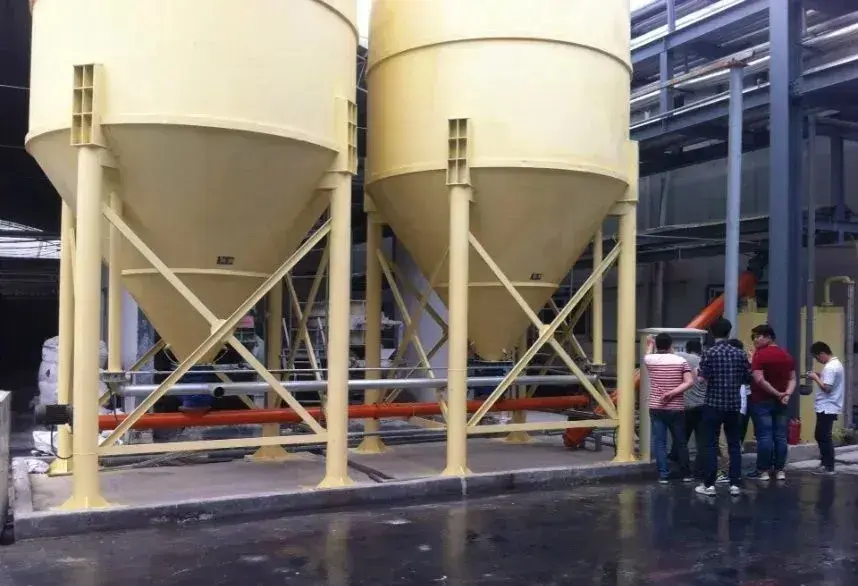Nano-alumina is a new type of high-functional fine inorganic material. Since the nano-alumina powder was prepared in the mid-1980s, people have been deepening their understanding of this high-tech material and have discovered many of its characteristics. For example, a series of excellent characteristics such as high hardness, high strength, heat resistance, and corrosion resistance. Therefore, it is widely used in aerospace, national defense, chemical industry, microelectronics and other fields. In the actual application ,nano-alumina modification of powder has always been a very important task.
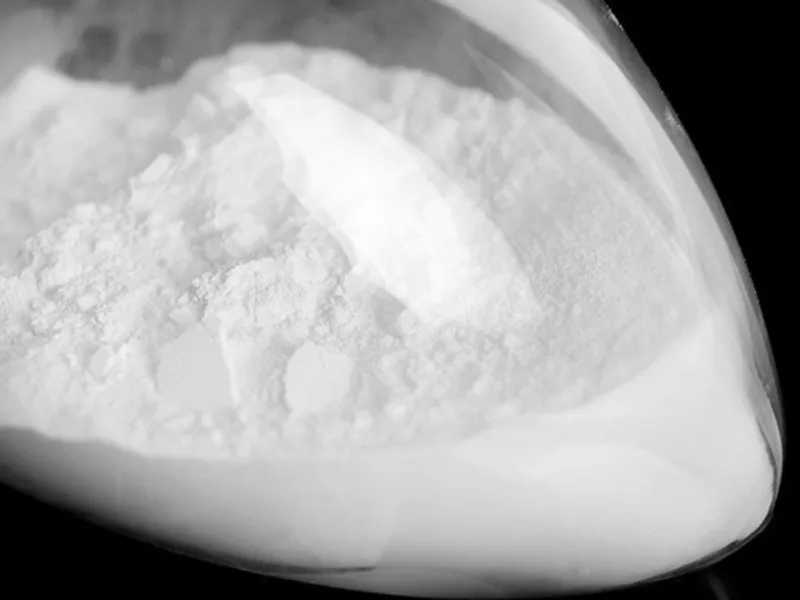
Why Nano-Alumina Modification is necessary ?
Firstly, nano-alumina, as a nanomaterial with many properties, is prone to aggregation due to its extremely small particle size and high surface energy. When aggregation is severe, it can significantly impact the properties of nano-alumina.
In addition, nano-alumina can be used as a biological membrane in pharmaceutical research for biopharmaceuticals. However, the crystal structure with surface charge balance and lattice defects causes uneven distribution of surface charge on the alumina. These surface charge defects and the accumulation of micro-scale space charge regions result in a grid-like dipole moment. When biological materials come into contact with this type of powder surface, it leads to enrichment, causing pore blockage and membrane contamination.
Furthermore, alumina’s insulating properties and high strength are used as fillers in coatings, rubber, and other materials to enhance their hardness, insulation, ductility, and wear resistance. However, alumina is a polar substance and is poorly compatible with non-polar polymer materials.
As a result, the surface modification of alumina has attracted considerable attention.
Nano-Alumina Surface modification methods
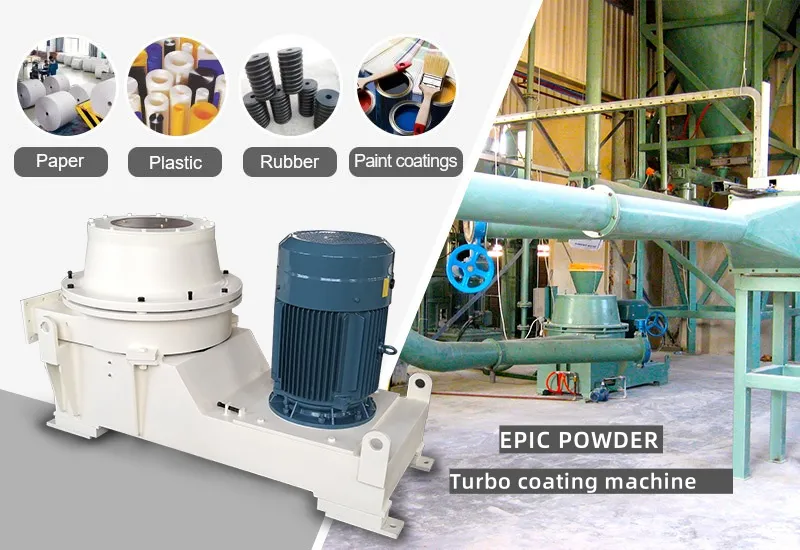
Surface modification refers to the surface treatment of solid particles by physical or chemical methods. That is, the process of purposefully changing the physical and chemical properties and surface morphology of the particle surface according to the application needs. At present, there are two most practical modification methods. The first method is called surface organic modification because it mainly uses organic modifiers. The second method is inorganic coating modification or surface coating modification.
Surface Organic Modification
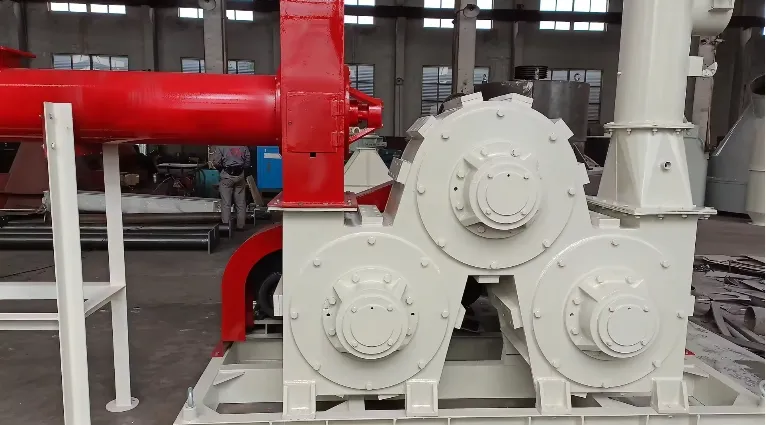
The goal of surface organic modification of ultrafine powder particles is to link organic groups, making the surface hydrophobic. This improves the dispersion of particles in resins, rubbers, paints, and other matrices. It also enhances inter-particle compatibility, improving the processing and overall performance of composite materials. Modifiers are classified based on their chemical structure into higher fatty acids, lower fatty acids, and coupling agents.
Physical Coating Modification
Physical coating modification uses organic substances (such as polymers, resins, surfactants, etc.) to coat the particle surface. This is a simple method for modifying the particle surface.
Surface Chemical Modification
Surface chemical modification involves a chemical reaction or adsorption between the surface modifier and the particle surface. It is the most widely used modification method in production today.
Grafting Modification
Grafting modification introduces monomers like olefins or polyolefins to the powder surface through external activation. After activation, the attached monomers polymerize.
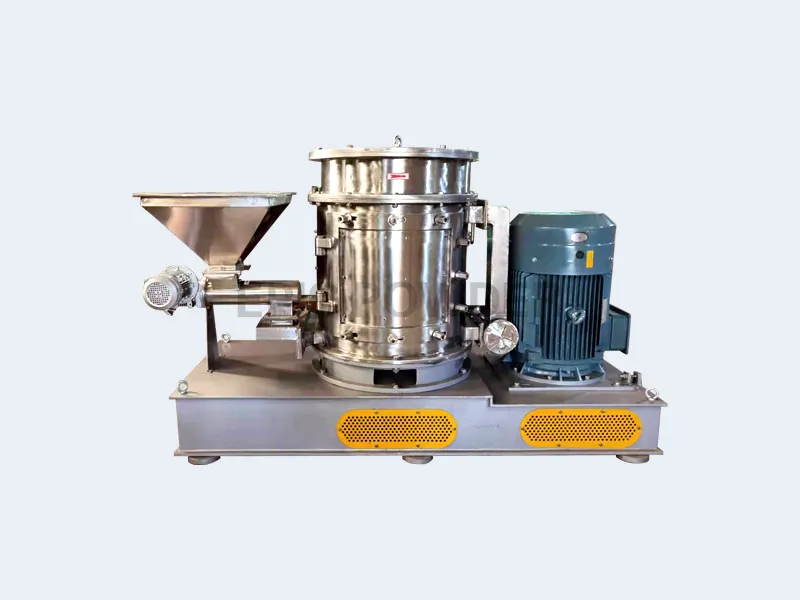
Nano-Alumina Surface Coating Modification
Surface coating modification refers to coating ultrafine alumina powder particles with smaller solid particles or solid films. This process changes the surface composition, structure, appearance, and functionality of the particles.
Based on the reaction environment and the form of the coating, as well as the nature and method of the inter-particle modification, surface coating modification methods are classified into several types. These include chemical precipitation, hydrolysis coating, sol-gel, solvent evaporation, mechanical force-chemical, and vapor-phase methods.
Among these, the first three methods are solution reaction methods. In these methods, a precipitating agent and hydrolysis are used. This generates precipitates from soluble salt solutions, which then coat the surface of the particles to be modified.
Epic powder
Epic Powder specializes in providing advanced processing solutions for nano-alumina modification. Our equipment, including jet mills, ball mills classifier system , and coating machines etc, is designed to enhance material properties through precise grinding, classification, and coating. We ensure that every step of the surface modification process is optimized for the best results.
